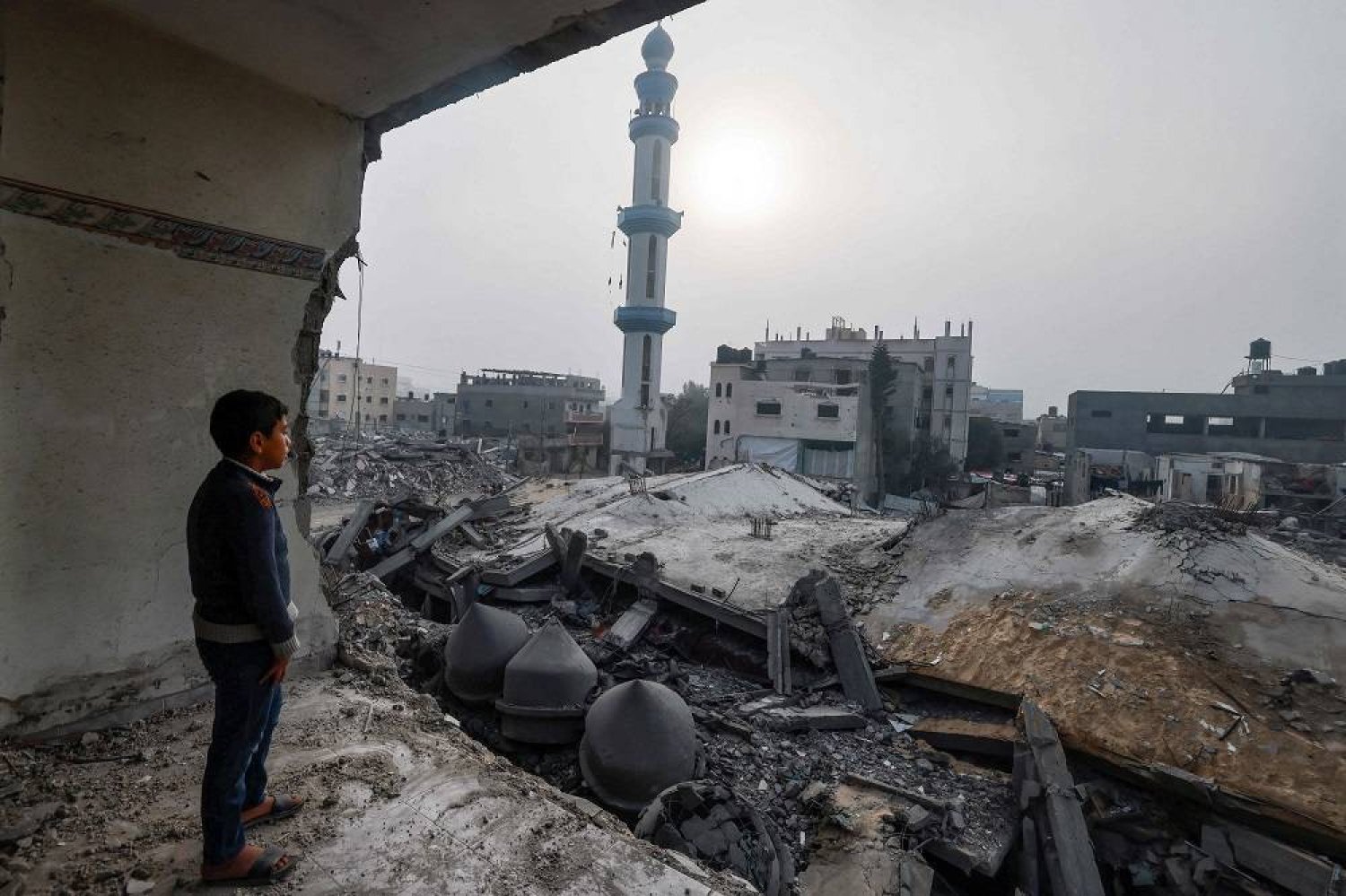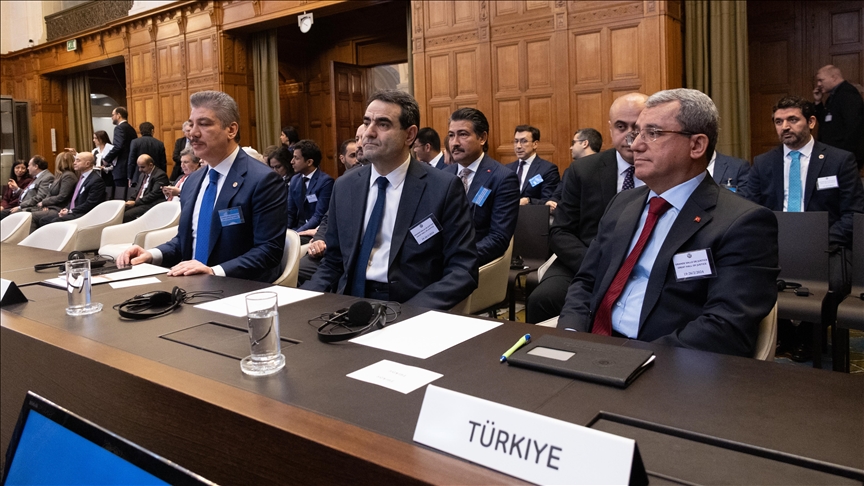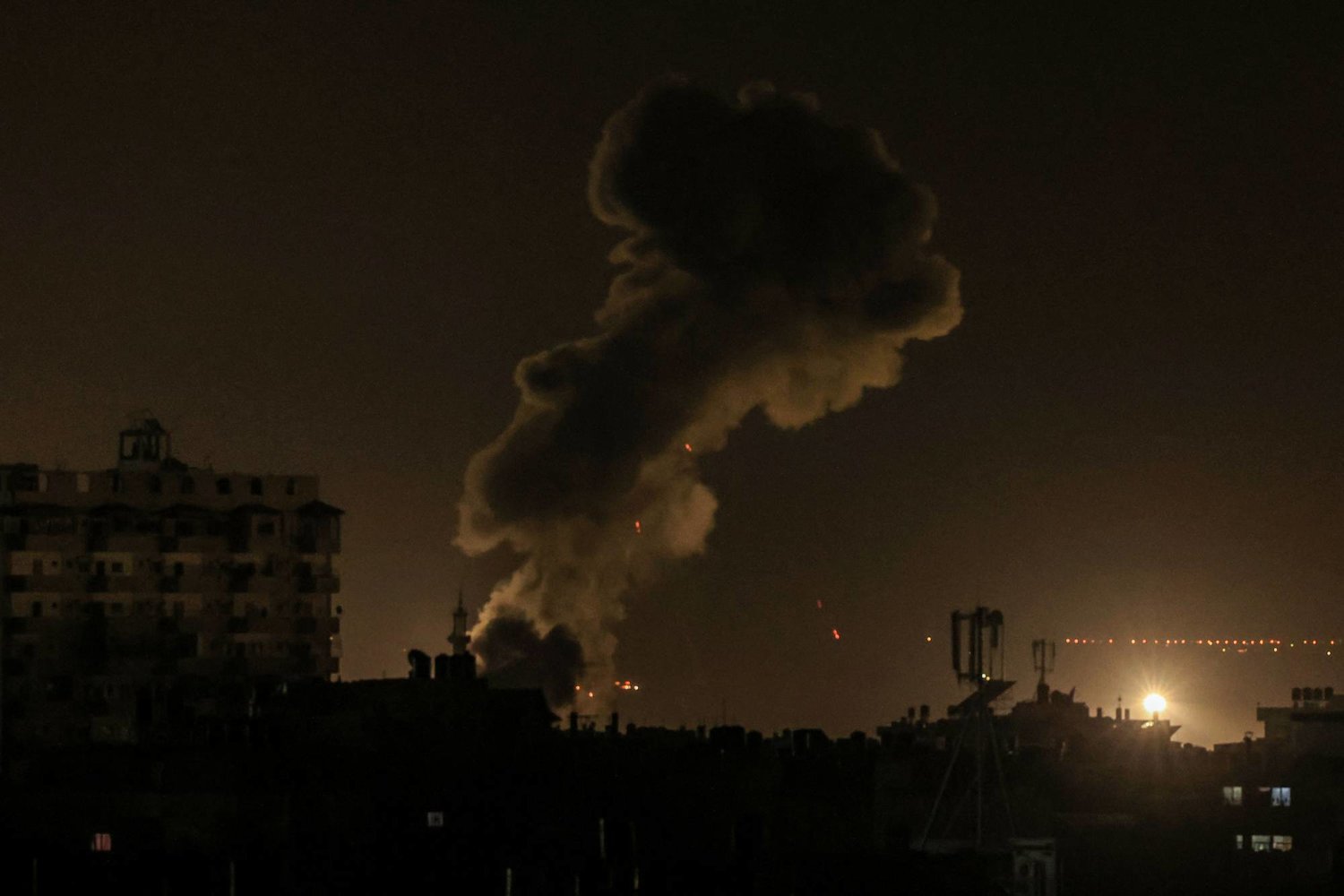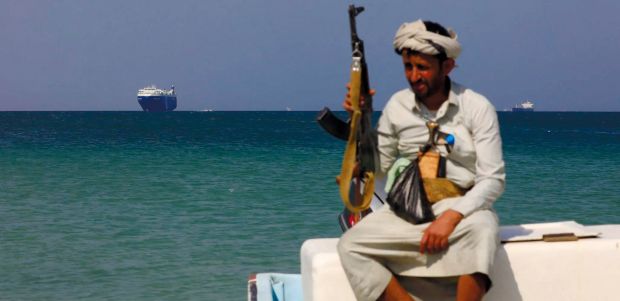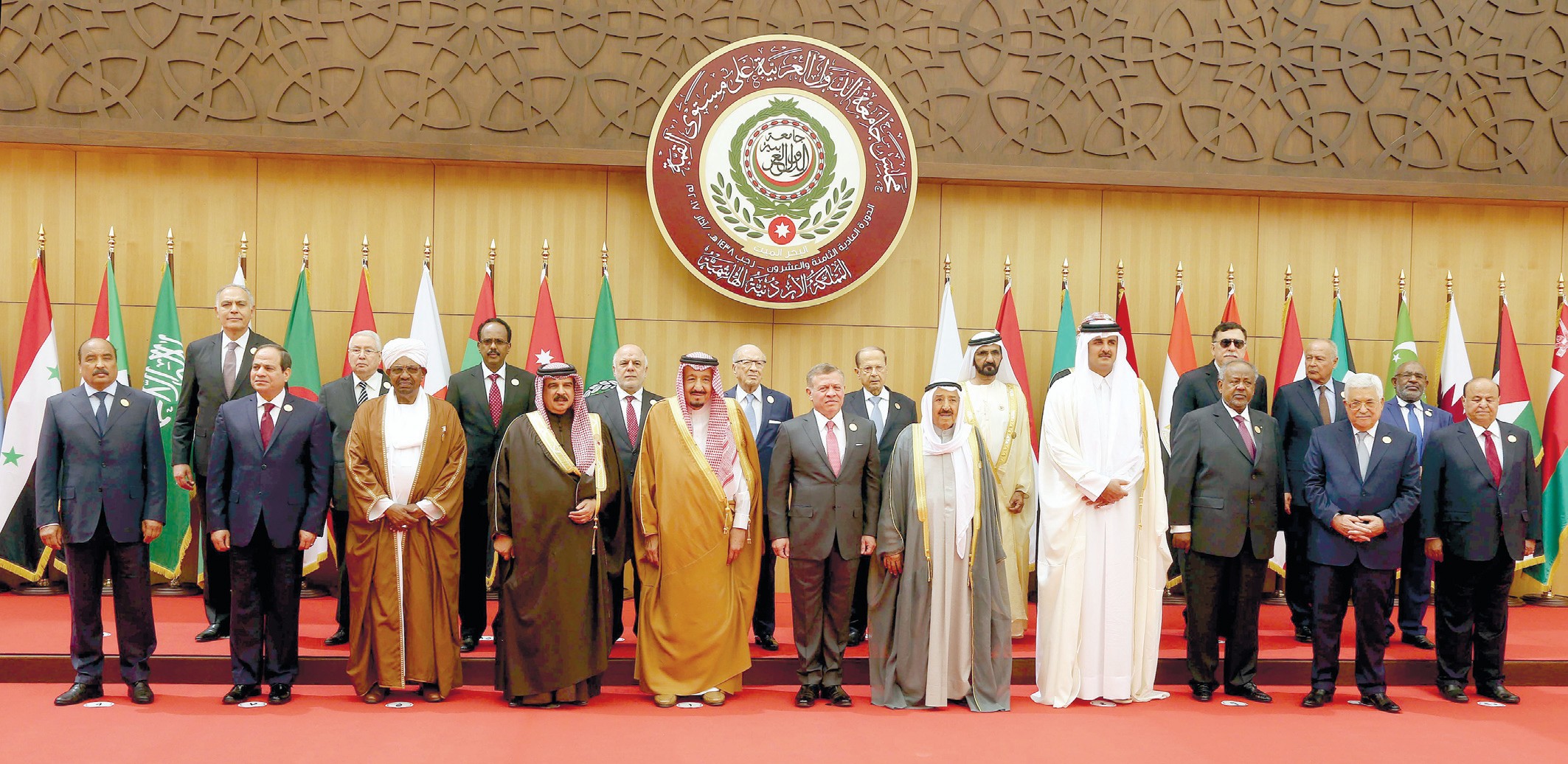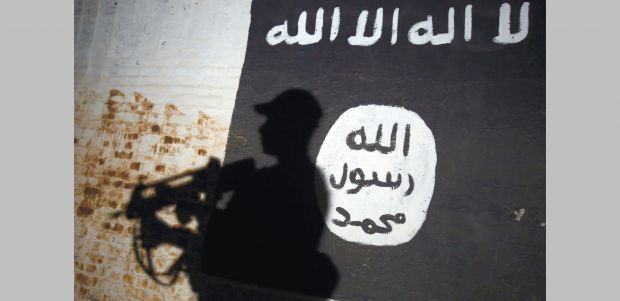
The extermination of the ISIS leader Abu Bakr al-Baghdadi in Syria's Idlib province on October 26, 2019 was the third occasion for the official announcement of the end of the terrorist organisation. The first announcement was made by the Iraqi government shortly after the liberation of Mosul in 2017. And the capture of the so-called last stronghold of ISIS in Syria, the village of Baghuz in 2019, was yet another occasion to celebrate the second victory over ISIS. Three years later, it appears that ISIS is not only on its feet, but also threatens to return.
How does ISIS return?
In the final days of 2021, the group launched two attacks on local rivals in central and eastern Syria, demonstrating the group's activism. The incident was followed by other attacks in January 2022. And on January 21, ISIS committed its largest armed attack in Syria in three years. Hundreds of militants attacked a prison in the city of Hasak hosting 3,500 ISIS members. The attack escalated into fierce street battles that lasted for several days. The US aircraft supported the Kurdish-led SDF, which deployed an additional 4,500 troops to the area. The fighting left 39 Kurds and 70 ISIS fighters dead. However, some sources put the number of killed and wounded at more than 250. A large number of ISIS fighters are believed to have escaped from the prison.
According to the Iraqi government, in 2021, there were more than 250 incidents involving armed groups, including ambushes and terrorist attacks, false checkpoints, kidnappings and rocket attacks, with 387 people killed and more than 500 people injured in total. The risk of further intensification of ISIS in the country remains quite high this year as well.
Despite the Iraqi government's announcement on the defeat of ISIS in late 2017, the country's army and intelligence services backed by an international coalition continue anti-terrorist operations against the militants.
The above facts are instances of attacks carried out by ISIS in Iraq and Syria during January 2022. Meanwhile, ISIS cells are operating and carrying out attacks in Africa and Afghanistan as well. According to experts, ISIS is expected to intensify in Syria this year and to commit large-scale terrorist attacks.
Back in 2014, the total area controlled by ISIS in Iraq and Syria was equal in size to Belgium. Thus, the organisation declared itself a caliphate in Mosul. In 2017, while ISIS almost lost control on land, it did not lay low as expected, like Al-Qaeda. The group still retains power over large areas in Iraq's Anbar district, as well as in desert areas near the Syrian border and in the province of Hama. Militants periodically attack their rivals, including Syrian government forces and groups close to Iran.
Statistics on ISIS casualties in Syria
According to the London-based Syrian Observatory for Human Rights, 600 people were killed by ISIS in Syria in 2021. Rami Abdurrahman, head of the human rights organisation, believes ISIS will remain active in 2022.
SDF's 2021 report reflects 115 counter-terrorism operations against ISIS cells in eastern and northeastern Syria. As a result, more than 90 ISIS cells have been eliminated, with more than 800 members of the group captured.
Over the past three years, however, ISIS has seriously hit the Syrian government forces. Since March 2019, when the organisation’s so-called last stronghold in Syria, the village of Baguz, was cleared of the militants, they killed 1,177 people, including two Russian troopers and 145 members of illegal groups. Attacks took place mainly in the desert areas of Central Syria, on the western bank of the Euphrates, in Deir ez-Zor, Raqqa, Homs, and Suwaida. In the same period, 633 ISIS terrorists were killed.
Who is behind ISIS?
ISIS has many enemies in Syria. Oddly enough, the organisation enjoys the situation nevertheless. In addition to the Syrian state, ISIS's enemies include the Kurdish SDF in the north-east of the country, opposition forces in Idlib, and numerous Islamist militias. Paradoxically, this abundance and diversity of enemies only contributes to ISIS' survival.
It is also difficult for the Syrian government to launch a full-scale war against ISIS because of the geography of the region. Indeed, the ISIS militants are hiding in the desert, far from transportation hubs, which requires a lot of effort and time to prepare counter-terrorist operations by Damascus. On the other hand, ISIS is at war with the Syrian opposition forces, although some rapprochement between the two camps have been observed occasionally. However, the events of 2013-2014 showed that when ISIS becomes stronger, it can also become enemies even with the radical Islamist opposition. For example, in early 2014, ISIS and opposition groups like al-Nusra fought with each other to gain control of an area just abandoned by the Syrian government forces. Over the next two years, large-scale, bloody battles took place between the Islamist fighters themselves, as well as between them and the Kurds. Therefore, the Syrian government prefers playing off its enemies against each other and finishing off its more serious enemies rather than waging a fierce fight against ISIS. At least at current stage.
Similarly, the Kurds, who occasionally conduct operations against ISIS cells on their territory, are generally not particularly concerned about the confrontation between ISIS and Syrian government forces elsewhere in the country. For example, during the 2017 takeover of Raqqa, it was discovered that the Kurds allowed ISIS members to infiltrate Iraq or other parts of Syria in exchange for money.
Identification of ISIS leader Abu Bakr al-Baghdadi in the Syrian province of Idlib in 2019 showed that the Syrian opposition was also loyal to ISIS. Since the province had long been under the control of opposition forces, it was absolutely impossible to assume that the ISIS leader was secretly living there. The village of Barisha is located practically in the centre of Idlib, close to the border. In other words, each of the many rivals of ISIS has tried to use the organisation to its own advantage.
In this context, the reincarnation of ISIS would depend on the state of affairs in the region. Weakening of Iraq’s central authority or deepening of the conflict with the Kurds would lead to intensification of ISIS. The likelihood of a similar outcome is also high in case of new battles in Idlib or the failure of negotiations on Syria's political future.
But, of course, weak government authorities and military power form the fertile ground for the flourishing of ISIS. In this case, the resurgence of radical jihadists seems very real. Field experts also indicate at conditions favourable for the intensification of ISIS.
What’s next?
Yet another factor contributing to the rise of ISIS is the organisation's active branches in eight other countries in addition to Iraq and Syria. The most active of these are the so-called emirates in Afghanistan, Libya, Egypt, Nigeria, Chad, and Yemen. The events of recent years have demonstrated that the emergence and strengthening of radical religious groups like ISIS is possible if several conditions are satisfied. These include local factors such as chaos, powerlessness, violation of people's social and political rights within the Muslim society, war, and poverty. The success of such groups is also possible if all these conditions are supported by interested foreign states or organisations. Thus, the strengthening of ISIS in Iraq and Syria requires further weakening of central authority in these countries (especially in Iraq), aggravation of the current situation, resumption of military actions (especially in Syria). In this sense, how strong ISIS is will depend on how the military and political situation in Iraq and Syria develops in the near future.
In addition, a resumption of fights in Libya can contribute to the rehabilitation of ISIS. Central Asia remains an even greater risk group in this case. In the Western media, the group, believed to be the Afghan branch of ISIS, is already referred to as ISIS-Khorasan.
The first announcement of ISIS-Khorasan was recorded in 2015. Although Afghanistan and Pakistan are the organisation's main areas of operations, the ancient province of Khorasan traditionally includes modern-day Turkmenistan, Iran, and so on. In addition to Afghan fighters, ISIS-Khorasan includes radical Islamists from Arab countries, Tajikistan, Uzbekistan, Chechnya, India, Bangladesh, and China. Its headquarters is in Nangarhar province in the east of Afghanistan. The group is believed to have originally been formed with 3,000 fighters. However, between 2015 and 2017, ISIS reportedly recruited a large number of young Afghans, who were paid around $600 per month, which is considered a good salary in Afghanistan.
While the Afghan militants of ISIS fight against local Taliban and Shiites, there have been attempts to infiltrate Turkmenistan in 2017-2018, leading to bloody clashes on the country's border with Afghanistan.
In other words, new wars, instability, chaos, and social injustice in Muslim countries in general and Central Asia in particular will always contribute to strengthening the power of ISIS and the emergence of similar radical groups.

